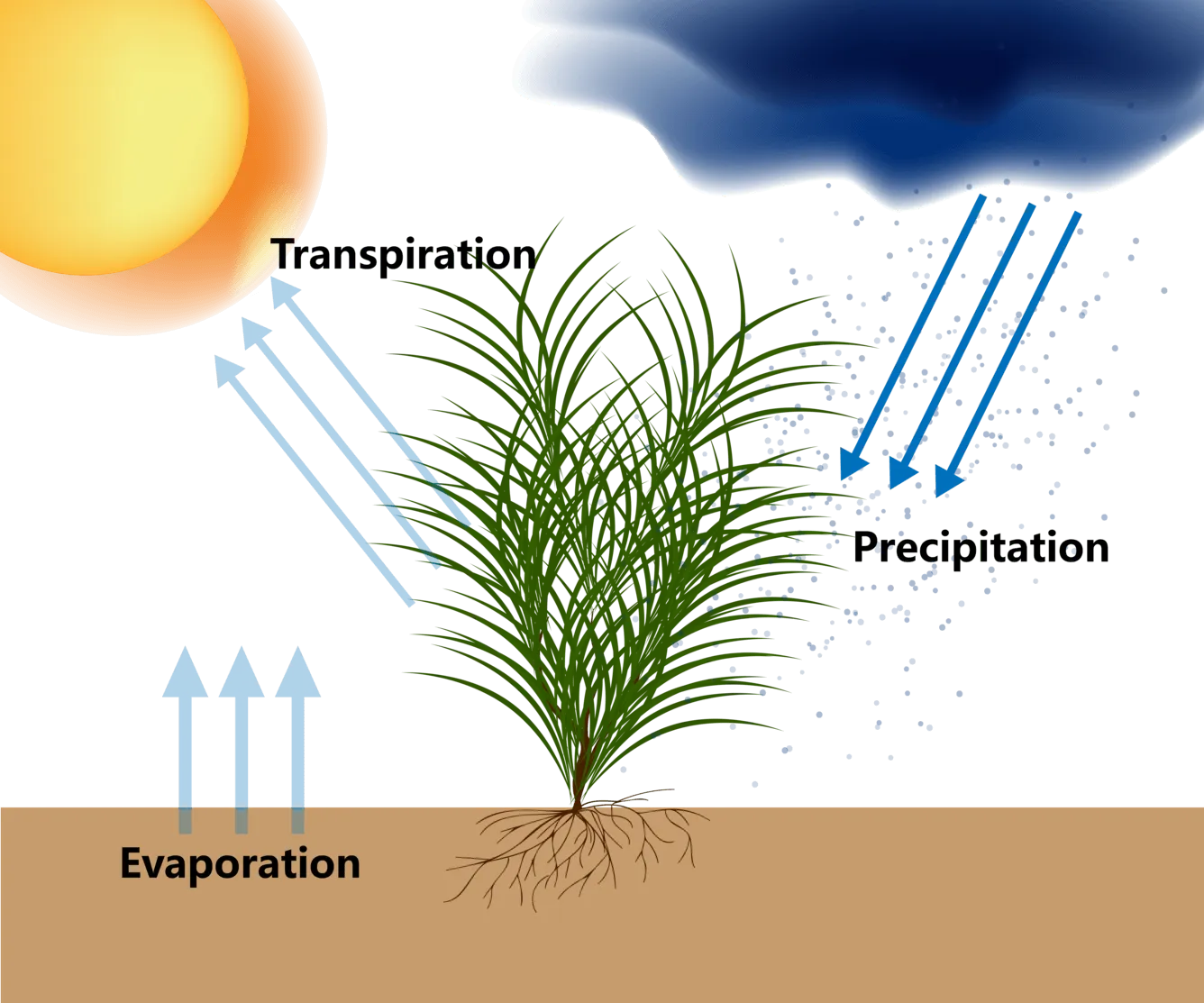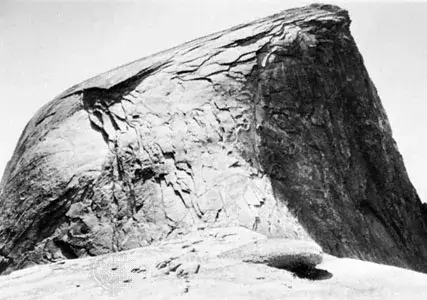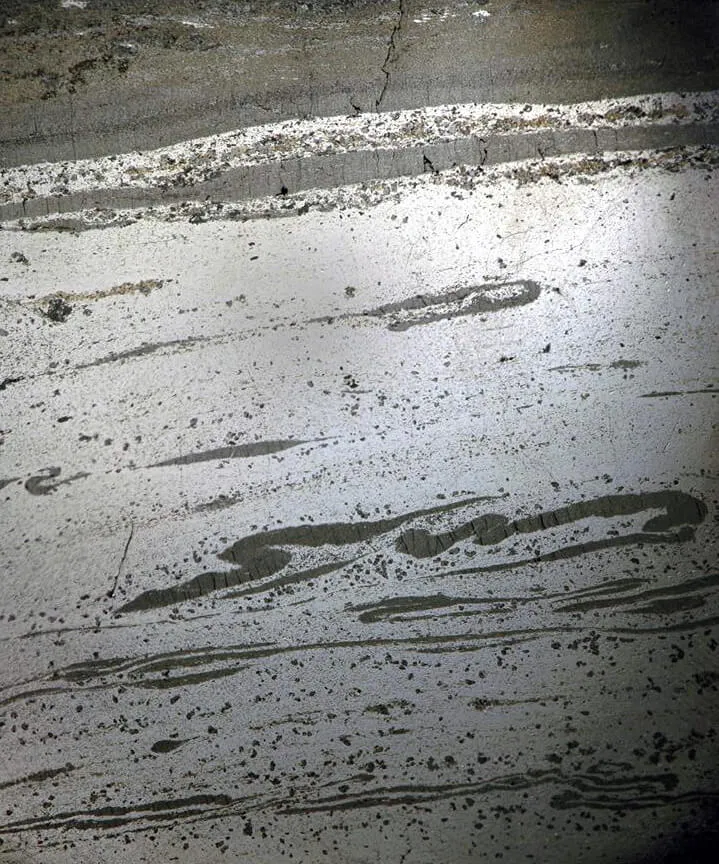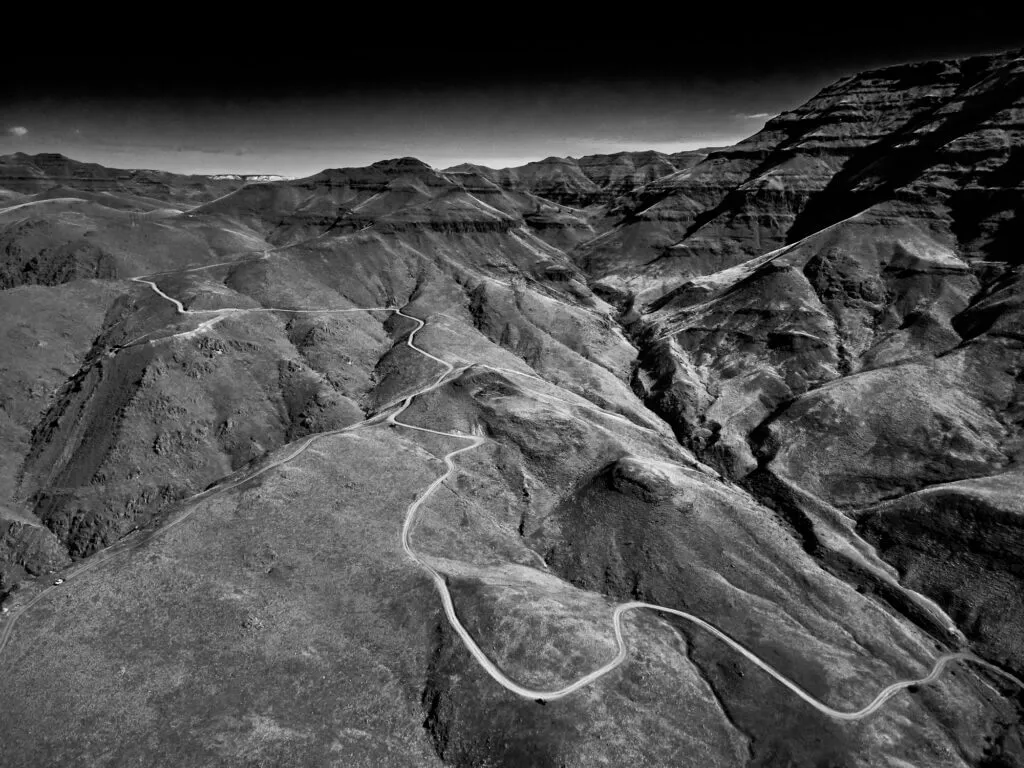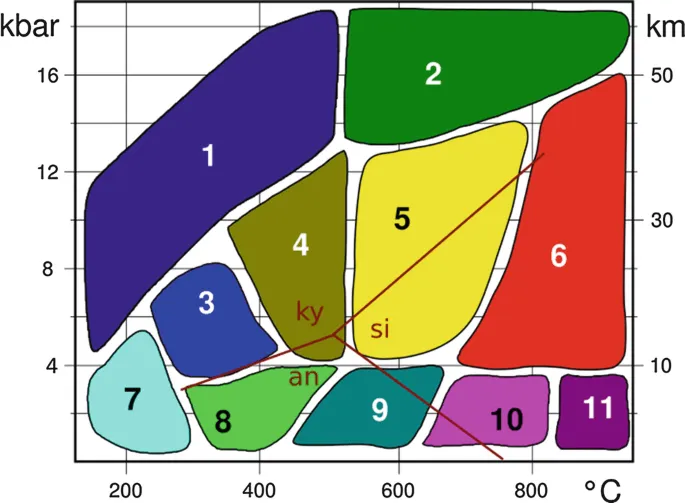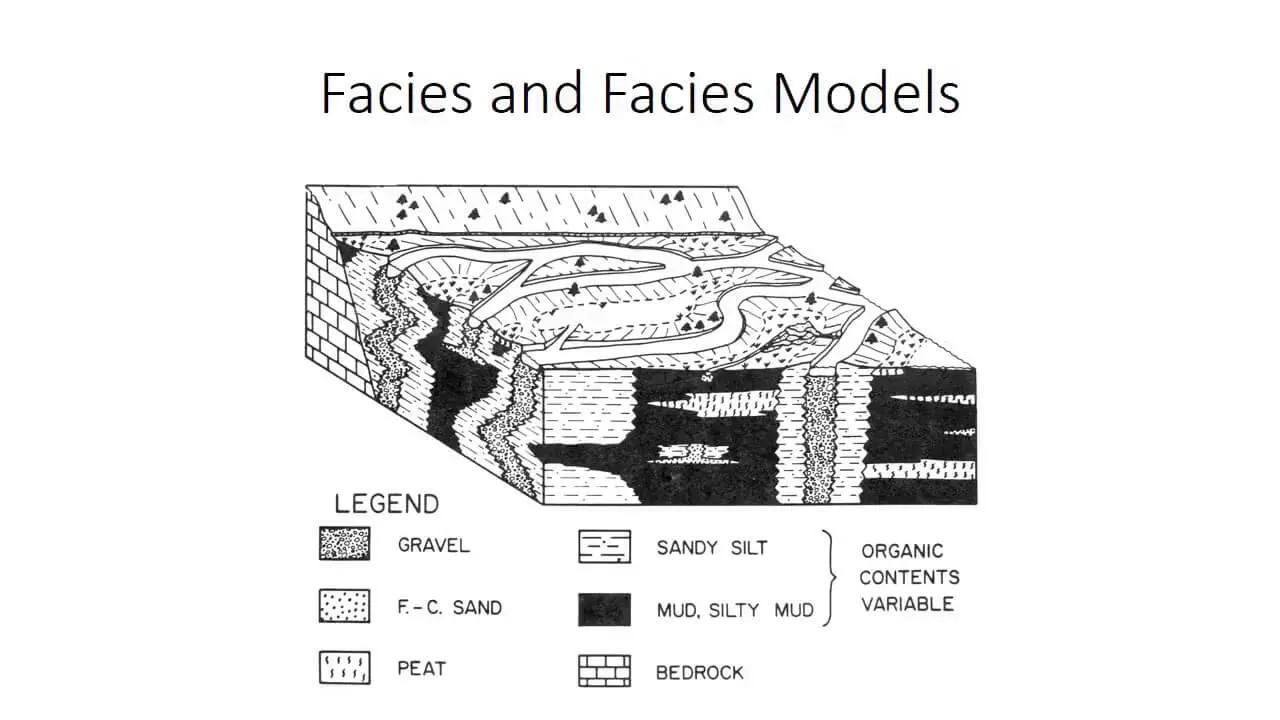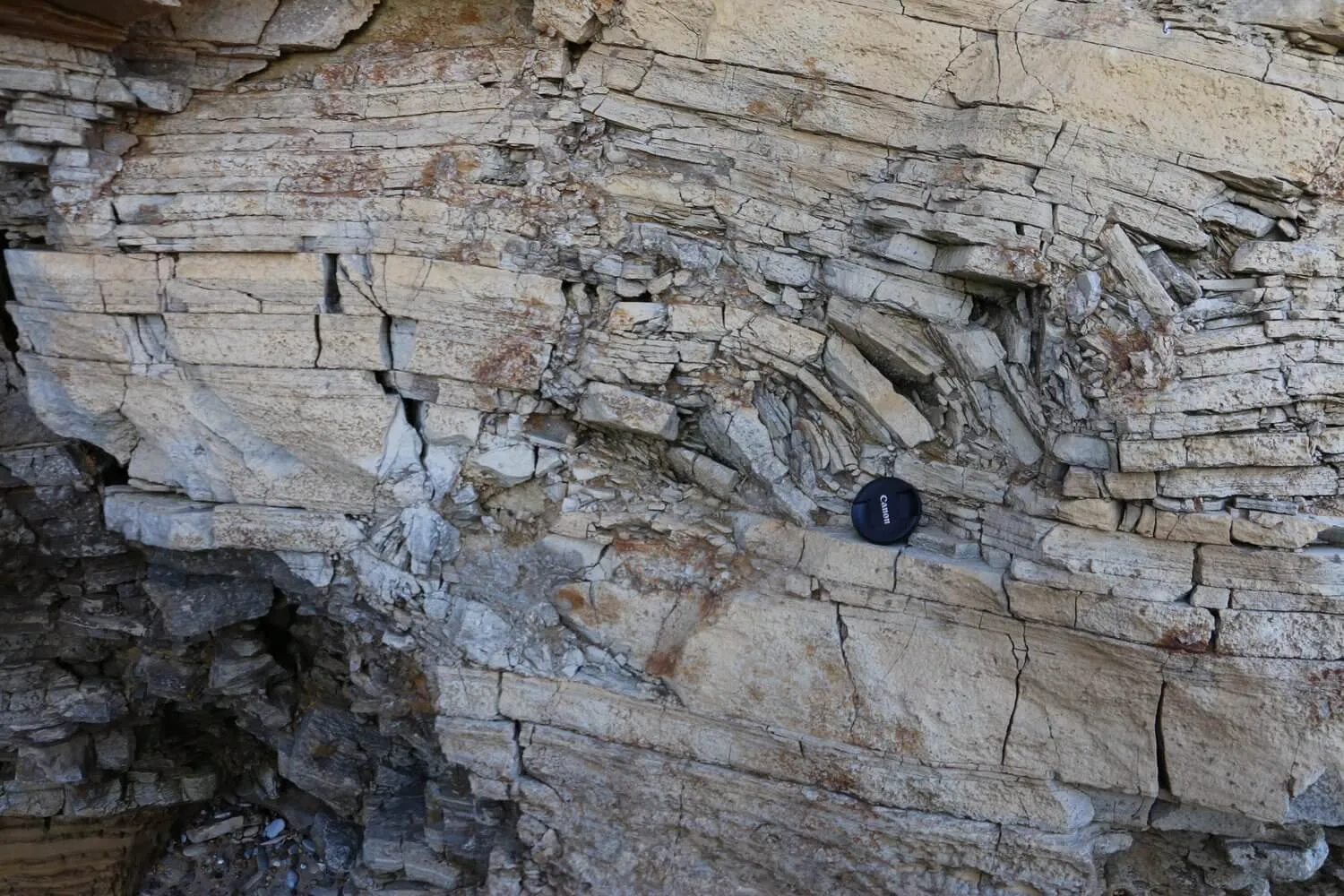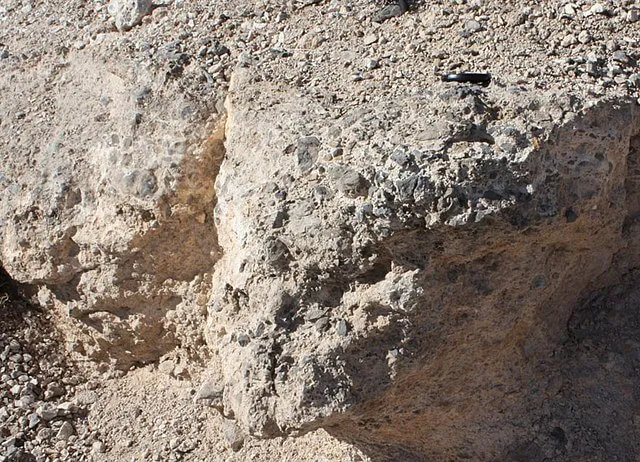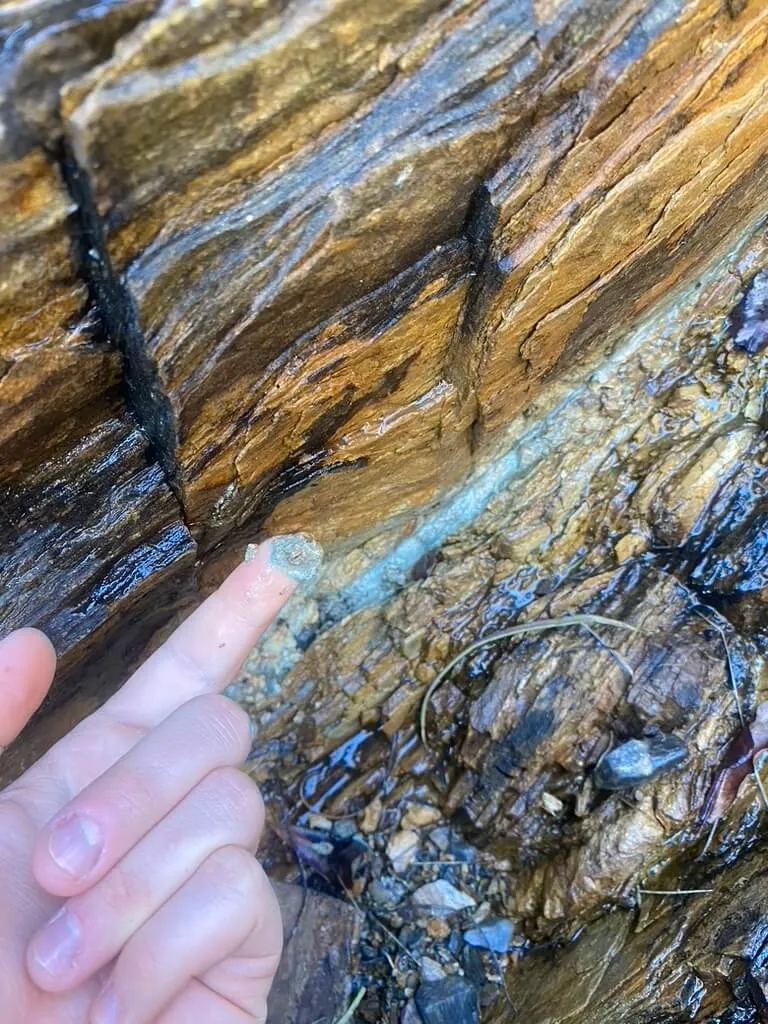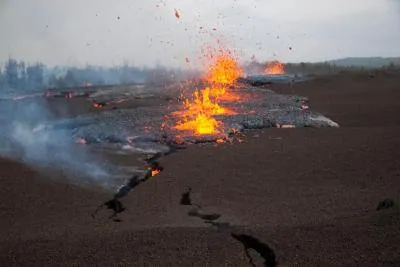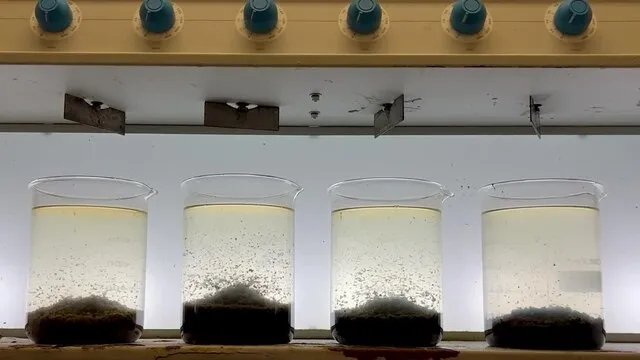Evapotranspiration is the combined process of evaporation of water from the Earth’s surface and the transpiration of water from plants. It plays a critical role in the hydrological cycle, influencing water availability, soil moisture, and climate. Understanding evapotranspiration is essential for water resource management, agriculture, and climate modeling.
Reference: Allen, R. G., Pereira, L. S., Raes, D., & Smith, M. (1998). “Crop Evapotranspiration: Guidelines for Computing Crop Water Requirements.” FAO Irrigation and Drainage Paper 56.

